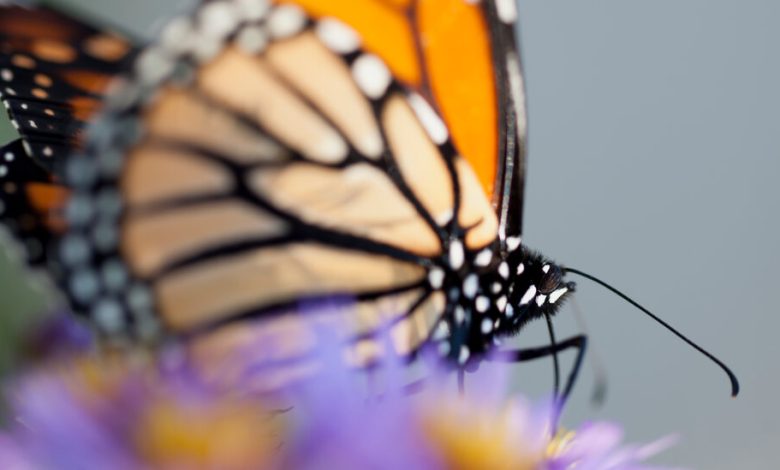My Kind of October Surprise

In Middle Tennessee, October is supposed to mean golden light and falling leaves and clear nights cool enough to make you spread a blanket across the foot of the bed in case the chill turns to genuine cold. October doesn’t normally bring an explosion of butterflies. The time for butterflies is September, with its mild warmth and blooming roadside flowers — snakeroot, asters, ironweed and the splendid goldenrod — all in their fullest glory.
Weather can change from one year to the next, and insect populations vary, too, partly in response to the inconstant weather. A springtime freeze can wipe out all manner of insects just gearing up for a summer of song. Summertime drought can do the same. So can the remnants of fall hurricanes barreling north. Add habitat destruction and widespread insecticide use to the existential threats facing insects, and it’s no wonder that populations are plummeting, no wonder that every year I see fewer butterflies than I saw the year before.
This year, September brought only the barest handful of butterflies, but it has been a magnificent year for many, many kinds of bees. Bumblebees and carpenter bees, the most reliable pollinators in my pollinator garden, but also a surprising number of honeybees, tiny green sweat bees and several of the pollen-specialist bees that evolved to feed on only one kind of plant. It is always a great thrill when I discover a new specialist bee in this yard. They are here only because the right flower is here, too.
Why so many bees and yet so few butterflies? Even the gulf fritillaries, which typically arrive early, were so late this summer that I began to wonder if there would be any takers on the wild passion vines growing along the fence beside our driveway. The passionflowers were frequented by dozens and dozens of carpenter bees, the only insect large enough to pollinate a passionflower. But I added this plant to my garden mainly for the gulf fritillaries, whose caterpillars can eat only passion vine. Where were the butterflies?
They came, eventually. First just one and a few days later another, and then another. Soon they were laying eggs so enthusiastically that their caterpillars were eating the plants into lace.
Butterflies are prolific because very few caterpillars survive. In my garden, the red wasps harvested many gulf fritillary young to feed to their own young, and the Carolina wrens did the same. A few caterpillars reached a grand size — grand enough to give me hope that some of them may have crawled away to pupate in safety. Maybe some of the gulf fritillaries I’m seeing today began their lives on this very passion vine during the unnatural heat of September.
It’s impossible not to wonder if that heat had anything to do with the butterflies missing from my pollinator garden. This summer was the hottest on record, and September followed suit. That’s no surprise; every month now is the hottest on record. But September not only broke the records — it broke them by a country mile. The heat was so far beyond the norm that the climate scientist Zeke Hausfather called it “absolutely gobsmackingly bananas.” And it persisted into the first week of October.
I know that insect reproduction is affected by temperature, and I know that some butterflies and



